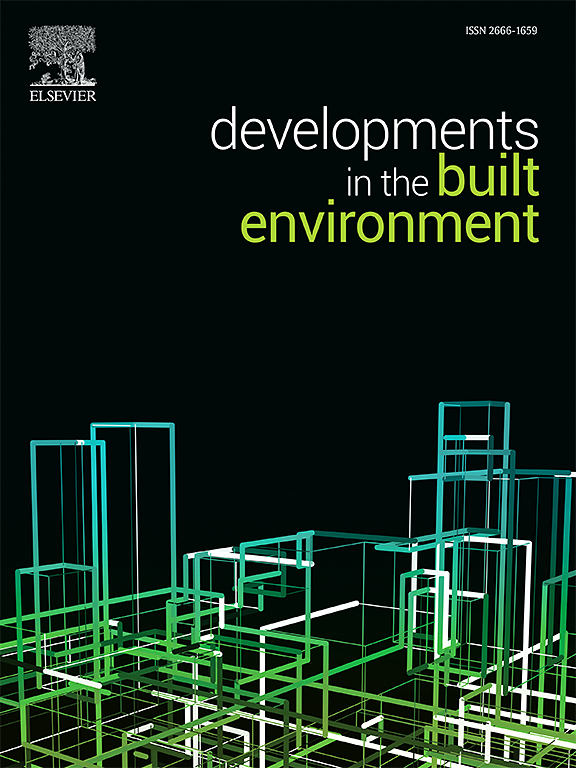Valorized sheep wool biocomposites towards a more sustainable building sector: Thermal insulation, sound absorption, and resistance against insects
IF 6.2
2区 工程技术
Q1 CONSTRUCTION & BUILDING TECHNOLOGY
引用次数: 0
Abstract
In the search for sustainable and environmentally friendly alternatives for building insulation materials, biocomposites of sheep wool embedded in a polymer matrix were prepared by freeze-drying, combining soy protein with 7, 10, 15 and 20 wt % sheep wool. In addition, in order to protect these biocomposites against insects, coffee grounds were incorporated into the formulation. Thermal conductivity characterization revealed values in the order of other natural insulating materials. Additionally, coefficients of absorption at normal incidence, with values up to 0.96, showed a competitive performance of the biocomposites, in the same line of the samples without coffee grounds. Furthermore, the test of resistance against insects, with 2B classification according to ISO 3998, showed a good protection against keratophagous insects, especially against carpet beetle (Anthrenus flavipies). Consequently, biocomposites with an entirely renewable and eco-friendly composition, which valorize biowaste from different sources, were found to be functional as thermal and acoustic insulators towards more sustainable materials in the building sector.
向更可持续的建筑领域发展的增值羊毛生物复合材料:隔热,吸声,抗虫
为了寻找可持续和环保的建筑保温材料替代品,将羊毛嵌入聚合物基质中,通过冷冻干燥,将大豆蛋白与7、10、15和20%重量的羊毛结合在一起,制备了生物复合材料。此外,为了保护这些生物复合材料免受昆虫侵害,咖啡渣被加入到配方中。热导率表征显示的数值与其他天然绝缘材料的顺序相同。此外,在正常入射下的吸收系数高达0.96,显示了生物复合材料在没有咖啡渣的样品中的竞争性能。此外,抗虫性试验表明,对食角昆虫,特别是对地毯甲虫(Anthrenus flavipies)具有良好的防护作用,根据ISO 3998分级为2B级。因此,具有完全可再生和环保成分的生物复合材料,可以使来自不同来源的生物废物增值,被发现可以作为隔热和隔音材料,在建筑领域实现更可持续的材料。
本文章由计算机程序翻译,如有差异,请以英文原文为准。
求助全文
约1分钟内获得全文
求助全文
来源期刊

Developments in the Built Environment
Multiple-
CiteScore
7.40
自引率
1.20%
发文量
31
审稿时长
22 days
期刊介绍:
Developments in the Built Environment (DIBE) is a recently established peer-reviewed gold open access journal, ensuring that all accepted articles are permanently and freely accessible. Focused on civil engineering and the built environment, DIBE publishes original papers and short communications. Encompassing topics such as construction materials and building sustainability, the journal adopts a holistic approach with the aim of benefiting the community.
 求助内容:
求助内容: 应助结果提醒方式:
应助结果提醒方式:


